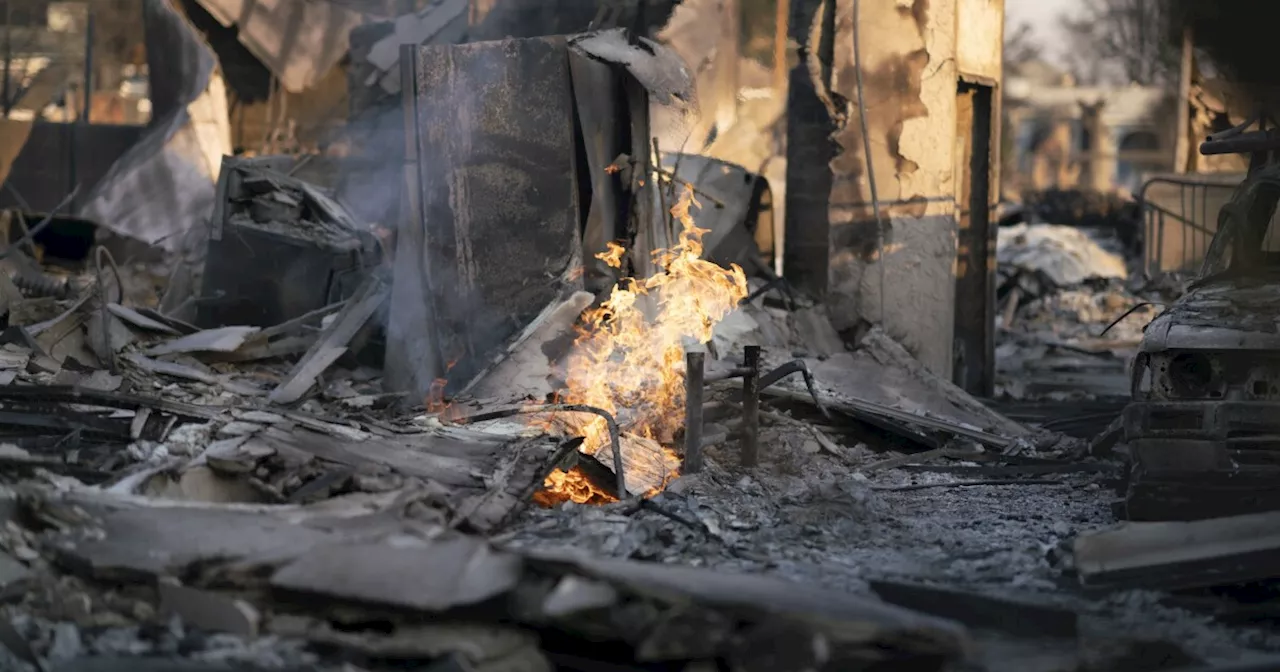The recent wildfires in Los Angeles have raised concerns about the health risks posed by smoke and ash. While air quality has improved, lingering pollutants and the potential for new smoke events require continued vigilance. This article explores the limitations of the Air Quality Index (AQI) in capturing all health hazards from wildfire smoke and offers recommendations for assessing and mitigating risks.
Some gas lines were still burning in Altadena, California, after the Eaton fire passed through a burned neighborhood. Crews were working to cut off gas to the area. Smoke and ash from the LA-area fires blanketed the region. Experts suggest care while cleaning up, even far from the immediate burn zones. Air quality in Los Angeles has improved as the Palisades and Eaton wildfires get under control.
But as the fires burned through houses, cars and industrial areas, they spewed out vast amounts of particulate matter, commonly used to track air pollution levels, provide a rough sense of the pollution floating in the skies. But those types of indicators don't capture some of the other potentially health-damaging materials in the air that get released during fires. And many Angelenos have been wondering how to assess the risks to their health. The Air Quality Index (AQI) incorporates measurements of five different air pollutants that the Environmental Protection Agency regulates: fine particles, ozone, carbon monoxide, sulfur dioxide, and nitrogen dioxide. Decades of health science have demonstrated that such pollutants damage the health of those who breathe them in regularly. The AQI was designed to represent health risks from common pollutants, such as car exhaust or smog. The EPA collects data for the AQI from some 4,000 air quality monitoring stations dotted around the country. But air quality can vary on a hyperlocal scale, meaning the network of official sites is 'fairly sparse,' says Dr. They don't have the spatial density or indeed sometimes the temporal density to tell us what's really happening on the kind of localized level that really matters to people,' he says. (Hazardous, when the metric exceeds 301, as it often does near actively burning wildfires). Though Jerrett says, 'good' is a bit of a misnomer because even ... The Air Quality Index does not take into account many gas or particle contaminants that are produced during wildfires, particularly when houses, cars and other man-made materials go up in flames. Homes, for example, are jam-packed with synthetic materials—think of couches and mattresses—along with appliances, coolant fluids, metal wiring, asbestos tiling, lead paint, and many other materials that can release hazardous substances when burned. Researchers led experiments that simulated burning homes, and they measured carcinogens such as benzene or formaldehyde that developed in the smoke. 'It is more toxic to these animals who are breathing it in than urban air pollution or than wildfire smoke derived from biomass fuel alone,' says Dr. Most of those potentially harmful gases and particles are not monitored in most of the U.S. Smoke conditions in the LA-region have improved as the fires get further contained and wind patterns redirect smoke away from the Los Angeles Basin. AQI readings have reported 'good' conditions for many recent days. But the remnants of the smoke and ash that blanketed the city are still settling, and those present ongoing risks, Jerrett says. He recommends using the AQI as an indicator of how much pollution might be in the air. New smoke could appear quickly if wind patterns change, and the potentially toxic ash that spread across the city in the fires' early days can get fluffed back into the air by wind, too. Because the EPA sensors are spaced far apart, several experts suggest keeping track of more localized data, such as the PurpleAir network, which measures fine particles in the air. The data comes from small sensors people can buy and place near their homes; there are thousands across the Los Angeles region. The accuracy is lower than the regulatory monitors, but ... Personal air monitors won't tell you what toxic contaminants are in the air. But the measurements can give you a general sense of the risk. Even when wildfire smoke comes primarily from trees or plants rather than manmade materials, it incurs heavy health outcomes. Recent analyses suggest it's a factor in some 16,000 deaths each year in the U.S. Smoke exposure is rarely marked down as the primary cause of death, but the extra stress on people's bodies can impact their existing health challenges so drastically, in some cases, that it leads to premature death. Dr. Pate, a pediatrics expert at Stanford University and part of the group Science Moms, is to lower your dose.'Trust your nose,' Patel says. 'So if you're smelling that pollution, go ahead and put that mask on.' The ash from the fires' early days could get stirred up again by wind or moving air. So Patel says if concerned, parents could err on the side of caution and consider limiting kids' outdoor activity time. N95s, KN95s and air filters for your home can protect from solid fine pollution, including asbestos fibers. Gas components, like benzene, are harder to address, but As for schools, Patel says many schools updated HVAC systems during the COVID-19 pandemic. But if they didn't, she recommends helping by getting a portable air filter for your child's classroom
WILDFIRES AIR POLLUTION HEALTH RISKS AIR QUALITY INDEX SMOKE ASH PARTICULATE MATTER GAS CONTAMINANTS SAFETY TIPS
United States Latest News, United States Headlines
Similar News:You can also read news stories similar to this one that we have collected from other news sources.
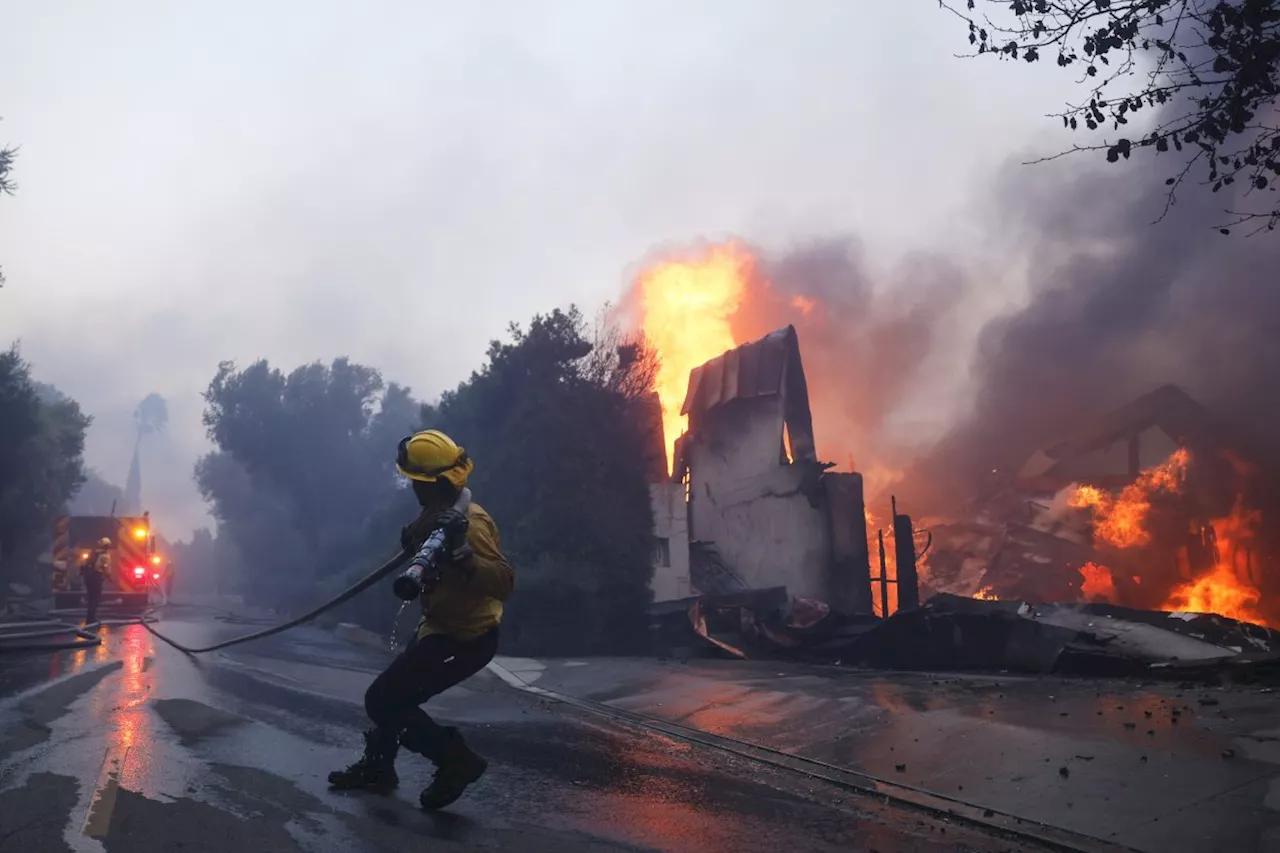 Wildfire Smoke Health Risks: Stay Indoors, Protect PetsThis article provides advice on protecting yourself and your pets from the health risks of wildfire smoke. It emphasizes staying indoors, wearing masks when outdoors, and monitoring pet health.
Wildfire Smoke Health Risks: Stay Indoors, Protect PetsThis article provides advice on protecting yourself and your pets from the health risks of wildfire smoke. It emphasizes staying indoors, wearing masks when outdoors, and monitoring pet health.
Read more »
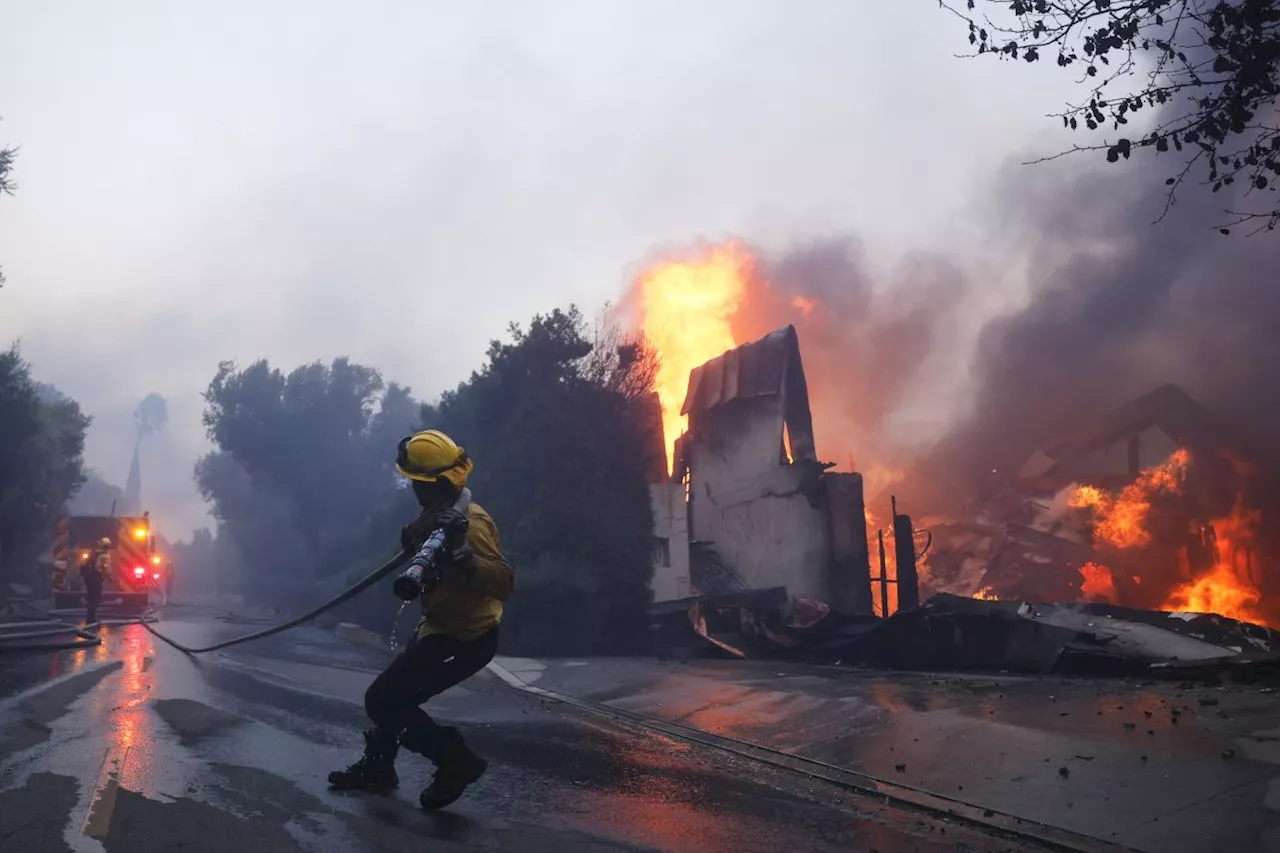 Wildfire Smoke Health Risks for People and PetsThis article provides advice on how to protect yourself and your pets from the health risks associated with wildfire smoke.
Wildfire Smoke Health Risks for People and PetsThis article provides advice on how to protect yourself and your pets from the health risks associated with wildfire smoke.
Read more »
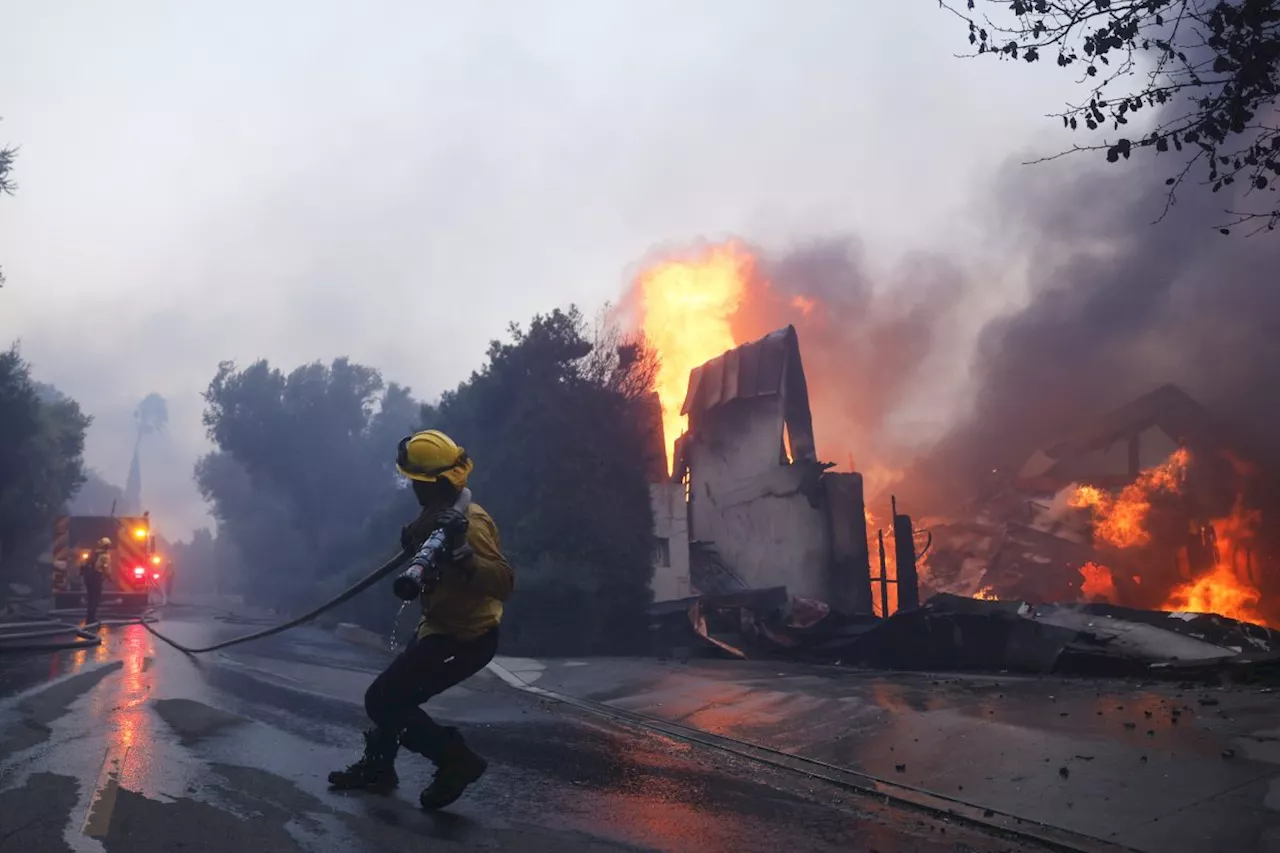 Wildfire Smoke Health Risks: Stay Indoors, Protect Yourself and PetsThis article provides safety tips and advice on how to protect yourself and your pets from the health risks associated with wildfire smoke.
Wildfire Smoke Health Risks: Stay Indoors, Protect Yourself and PetsThis article provides safety tips and advice on how to protect yourself and your pets from the health risks associated with wildfire smoke.
Read more »
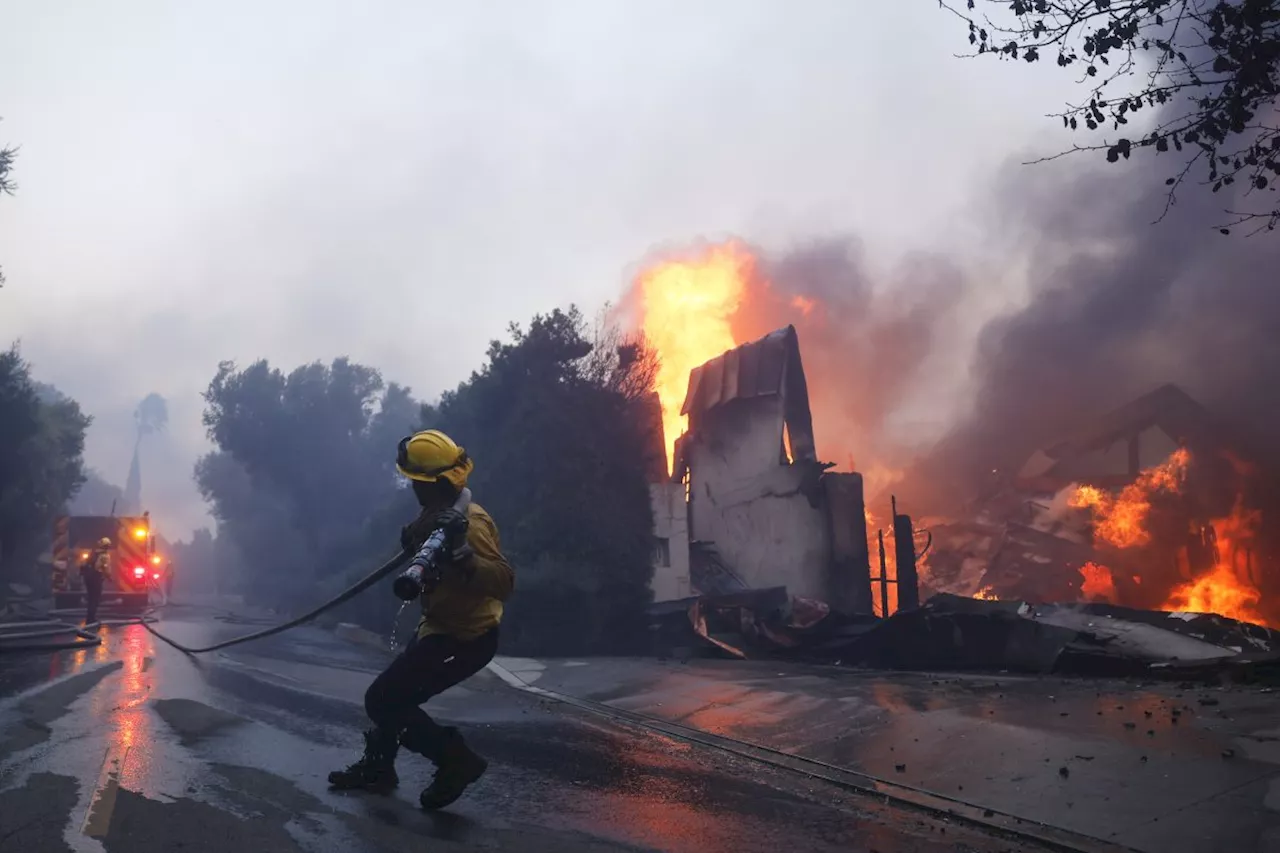 Wildfire Smoke: Health Risks and Safety Tips for Humans and PetsWildfire smoke can pose serious health risks to both humans and pets, even at a distance from the blaze. This article provides essential safety tips on how to minimize exposure to smoke, manage household air quality, and recognize signs of smoke-related illness in yourself and your furry companions.
Wildfire Smoke: Health Risks and Safety Tips for Humans and PetsWildfire smoke can pose serious health risks to both humans and pets, even at a distance from the blaze. This article provides essential safety tips on how to minimize exposure to smoke, manage household air quality, and recognize signs of smoke-related illness in yourself and your furry companions.
Read more »
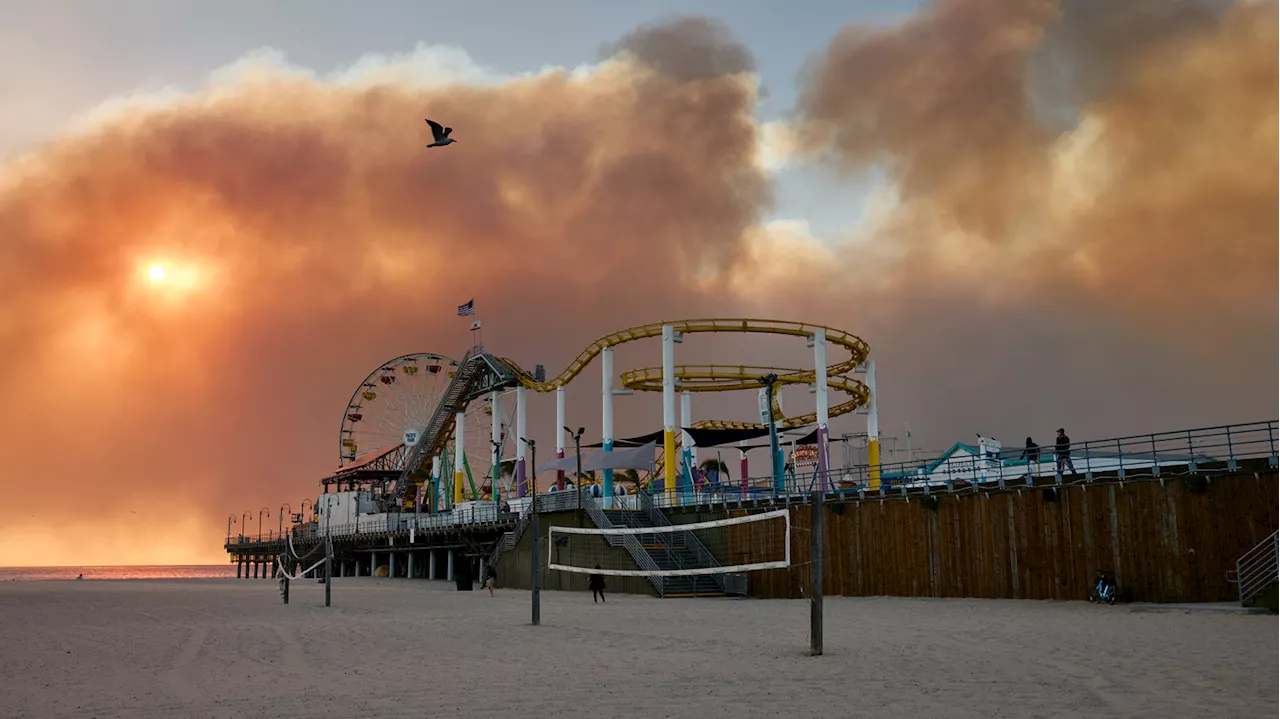 Wildfire Smoke Poses Health Risks Across Southern CaliforniaGusty winds are fueling wildfires in Southern California, producing thick, hazardous smoke. The fine particulates in wildfire smoke can travel deep into the lungs and bloodstream, causing a range of health problems.
Wildfire Smoke Poses Health Risks Across Southern CaliforniaGusty winds are fueling wildfires in Southern California, producing thick, hazardous smoke. The fine particulates in wildfire smoke can travel deep into the lungs and bloodstream, causing a range of health problems.
Read more »
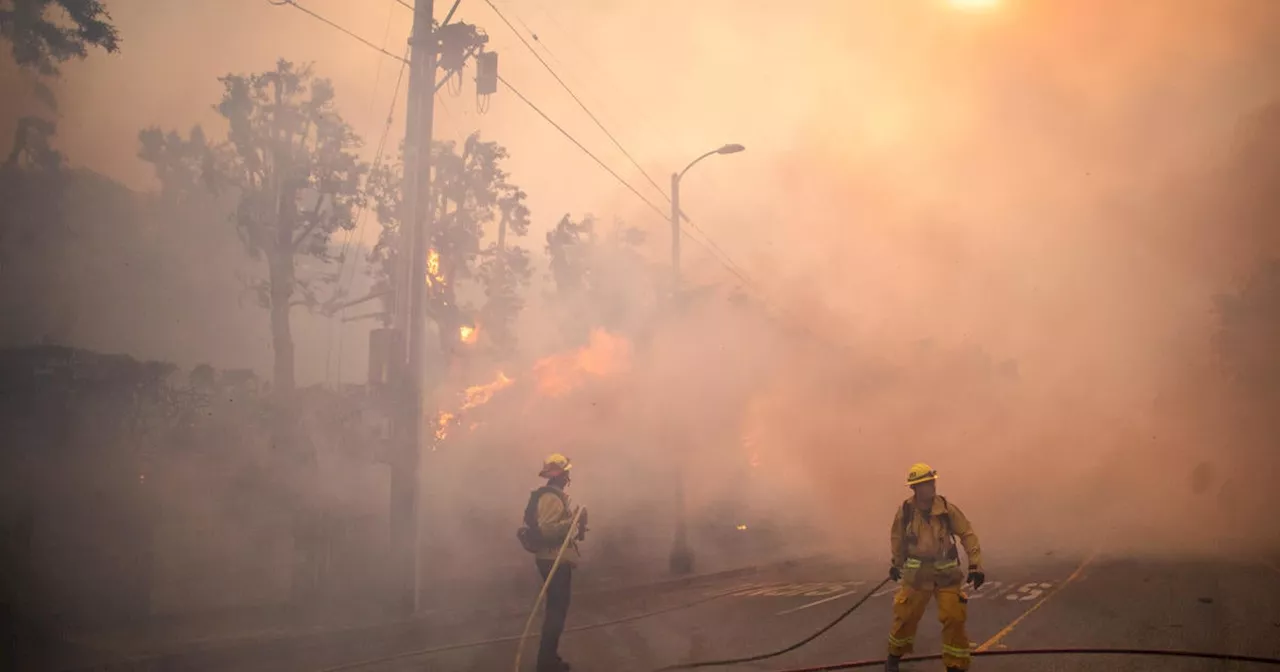 Wildfire Smoke Impacts Air Quality, Posing Health Risks in LAWildfires burning in Los Angeles County are sending smoke drifting throughout the region, affecting air quality and posing health risks. The article provides information on the AQI and offers advice on protecting yourself during periods of poor air quality.
Wildfire Smoke Impacts Air Quality, Posing Health Risks in LAWildfires burning in Los Angeles County are sending smoke drifting throughout the region, affecting air quality and posing health risks. The article provides information on the AQI and offers advice on protecting yourself during periods of poor air quality.
Read more »
